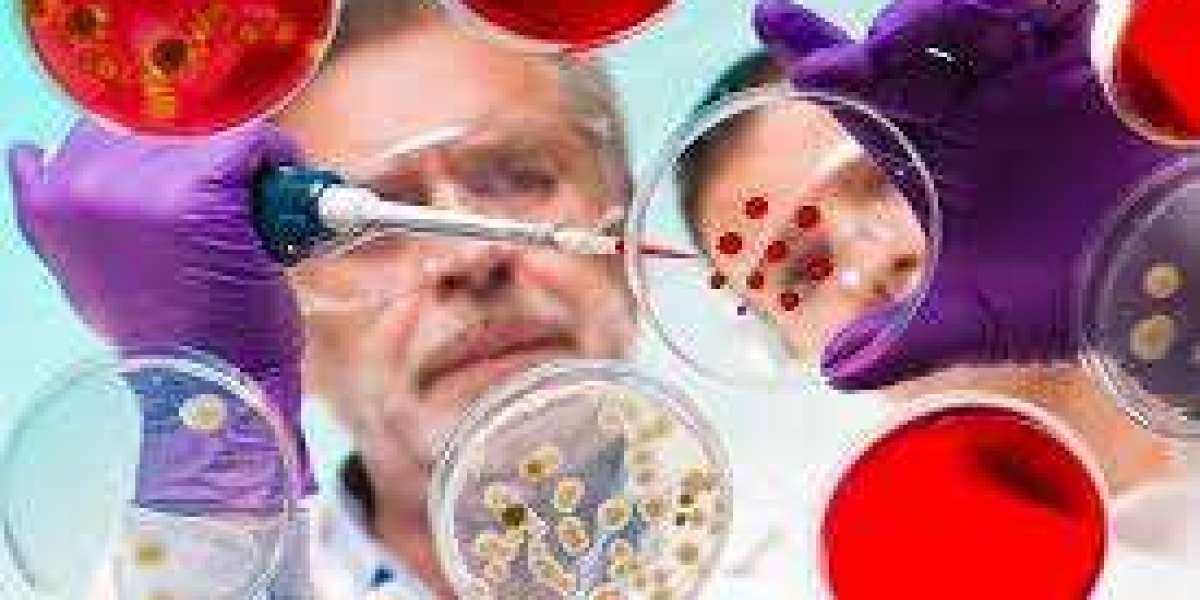A team of scientists from around the world, including from Trinity College Dublin, has obtained high-resolution structural insights into a key bacterial enzyme, which may help chemists design new drugs to inhibit it, thereby inhibiting disease-causing bacteria. Their work is important amid growing concerns about rising antibiotic resistance.
The scientists, led by Martin Caffrey, Emeritus Fellow of Trinity's Faculty of Medicine and School of Biochemistry and Immunology, used next-generation x-ray crystallography and single-particle cryo-electron microscopy to "see what's going on under the bacterial cap.", and produced a molecular blueprint of the full-length enzyme that can be used to design drugs that attack any structural defect.
Because the Lnt enzyme is not found in humans. It only presents in bacteria and helps them build stable cell membranes through which substances move in and out of cells. It has huge potential as a therapeutic target, since any drug tailored to it should cause fewer side effects for patients.
The study has just been published in Science Advances.
Martin Caffrey said: "Many disease-causing bacteria have become resistant to a number of the drugs of choice used to treat them, and with antimicrobial resistance generally on the rise, the World Health Organization has been advising for some time that the post-antibiotic era coming soon, in an age where minor injuries and common infections can be fatal."
"Therefore, new drugs are urgently needed, and while it may be a long journey from providing such a structural blueprint to developing new drugs, we have addressed this potential target with precision, drawing some 'bulls-eyes' on this target."
Background reading
What is X-ray Crystallography?
X-ray crystallography is a scientific method used to determine the arrangement of atoms of a crystalline solid in three-dimensional space. X-ray crystallography is currently the most popular method for determining the structural properties of proteins and other macromolecules. Obtaining single crystals of the target protein is required for a successful X-ray crystallographic application.
Presently, nearly 90% of the proteins that have been resolved by X-ray crystallography are represented in the more than 120,000 protein structures that have been deposited in the protein databank. This indicates the dominance of X-ray crystallography in structural determination.
Advantages and disadvantages of X ray crystallography
X-ray crystallography has some benefits, such as the fact that it is generally inexpensive and straightforward and offers a two-dimensional view that indicates the three-dimensional structure of a material. It produces high atomic resolution and is not constrained by the protein's molecular weight.
But there are some drawbacks as well. It has the drawback of requiring a crystalline sample, which can be challenging to acquire. Another drawback is that it might be challenging to identify the phases of the diffracted X-rays.
X ray crystallography vs cryo-EM
Cryo-EM and X-ray crystallography are two methods for figuring out how proteins are structured. X-ray crystallography can produce extremely high resolutions, but in recent years, cryo-EM has produced results that are comparable. It can be challenging to crystallize membrane proteins, complexes, and large structures. Therefore, Cryo-EM might be a simpler choice. Comparatively less protein is needed for cryo-EM than for x-ray crystallography. Samples with a yield of less than 2 mg protein (5–10 mg/ml) may benefit from this method. In terms of sample quality and quantity, cryo-EM is more tolerant than X-ray crystallography.



